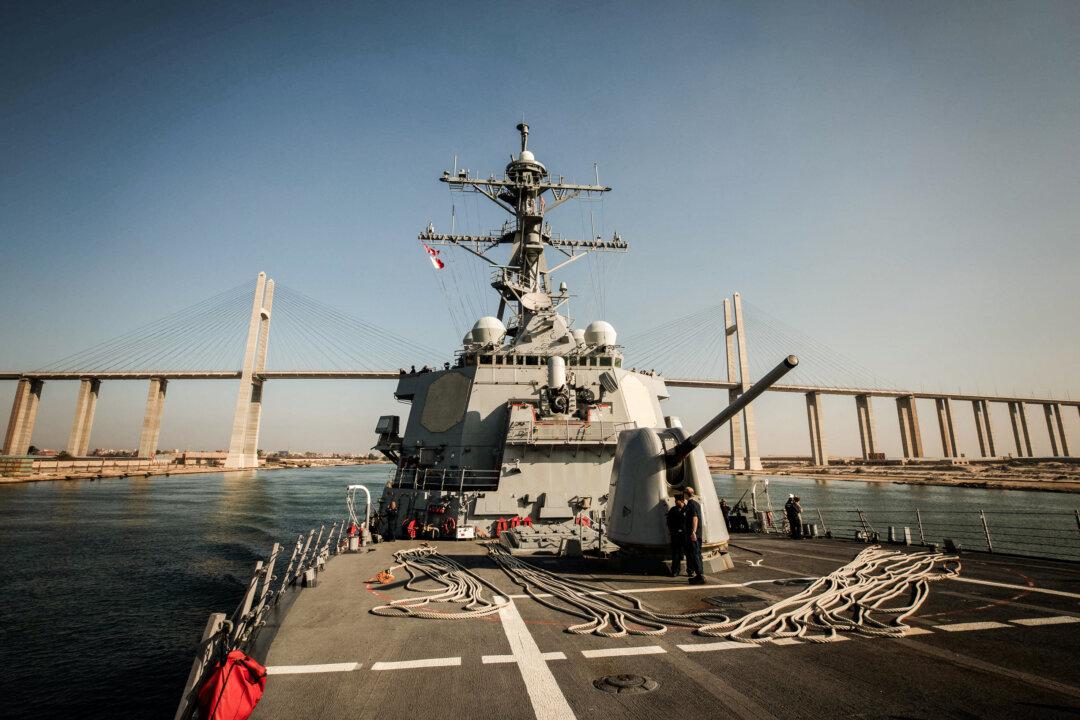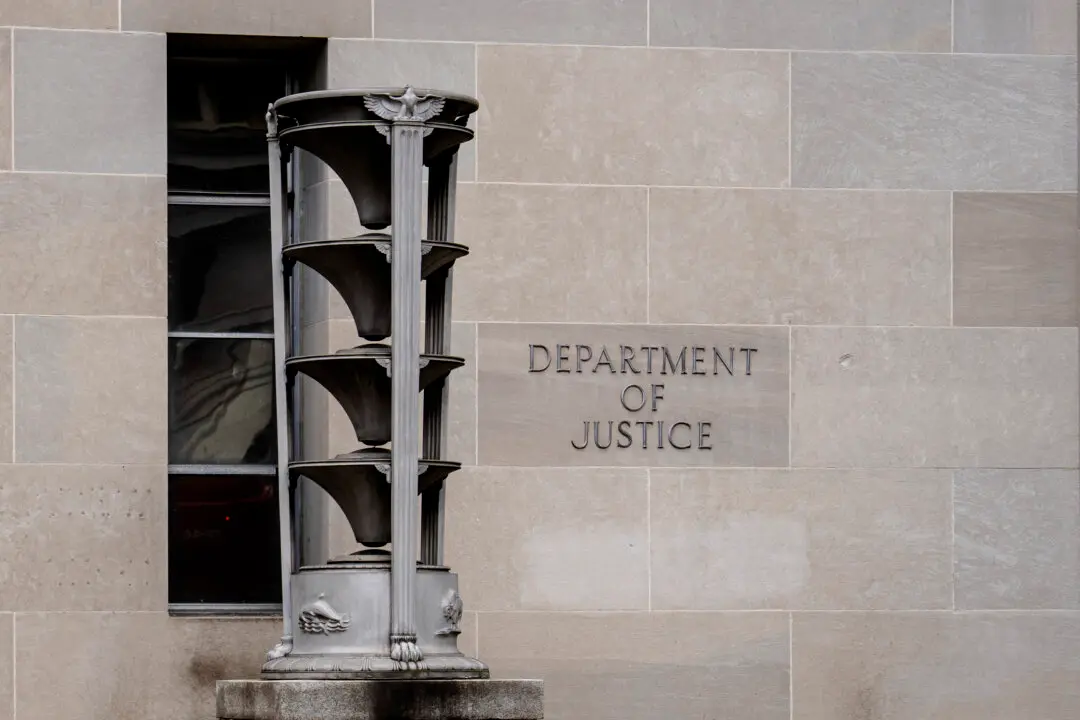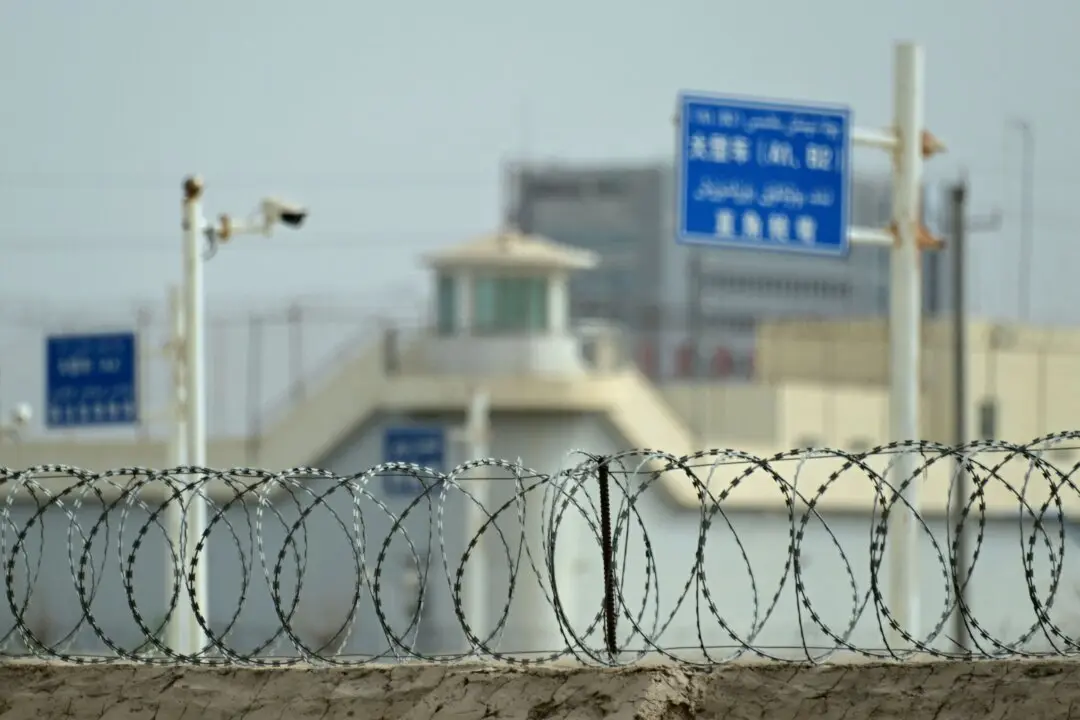A U.S. destroyer shot down an anti-ship ballistic missile and three unmanned aerial vehicles fired by the Iranian-backed Houthi rebel group toward the vessel in the Red Sea, the U.S. military said on March 6.
The U.S. Central Command (CENTCOM) said that the missile and drones were launched from Houthi-controlled areas in Yemen at the USS Carney, an Arleigh Burke-class destroyer that has been involved in the U.S. campaign against the rebels. No injuries or damage were reported.





